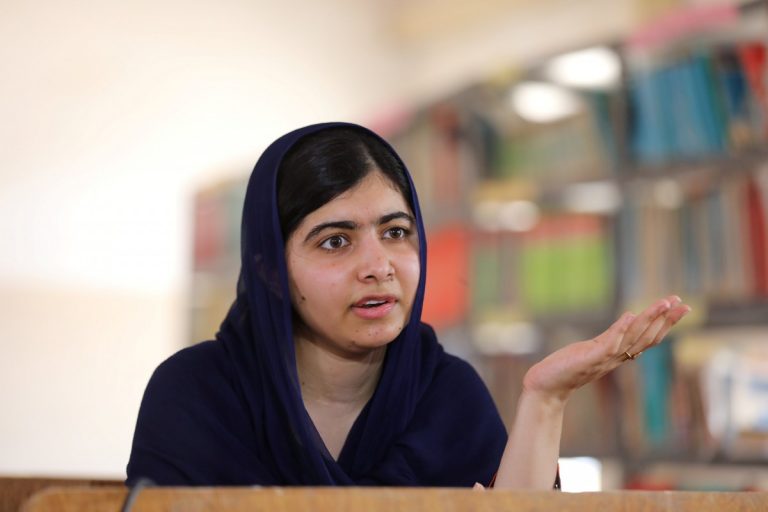
Think Pakistan-born Malala Yousafzai, a girl who was shot by the Taliban for merely advocating for girls’ access to education in her village.
Now, a new report has found that Afghanistan and Pakistan, Yousafzai’s home state, are the top two worst countries in Asia for girls to get an education in.
Africa dominates with nine countries in the top 10 in development campaign group ONE’s report titled “The Toughest Places For A Girl To Get An Education”. Afghanistan is the only country outside of the continent that was listed in the index’s Top 10, taking fourth spot with a dismal score of 23.51 out of 100.
Pakistan scores better with 42.33, but still a far cry from how Asian states like Israel (91.18) and China (77.03) did.
“As of 2014, Afghanistan had the highest level of gender disparity in primary education, with only 71 girls in primary school for every 100 boys,” the report wrote.
9 of the top 10 countries that ranked as the “Toughest Places for a Girl to Get an Education” were in Africahttps://t.co/b5R4VUf9jc pic.twitter.com/R8EH6Lc64M
— Global Citizen Canada (@GlblCtznCAN) October 13, 2017
Eleven factors were used in the report to measure girls’ ability to attend and complete school, the country’s education quality and the broader enabling environment.
Girls in conflict zones are 90 percent likelier to be out of school compared to their peers in countries which are conflict-free, according to UN Women. Take the case of Yousafzai, for example, who wrote in her book that she was able to attend school freely before the Taliban arrived at her village in Pakistan and started curbing school-going females from their freedoms, including the ability to attend school.
Without going to school, this means their chances for future work and financial independence as adults are compromised.
“There are dire consequences to not educating girls. In many countries, girls out of school will be more likely to become child brides, more vulnerable to diseases like HIV, and more likely to die young,” the report wrote.
“For example, if current trends in education continue, by 2050, this is the future we’re looking at: Low-income countries alone will lose US$1.8 trillion; the number of lives lost each year because of a failure to provide adequate access to quality education will equal those lost today to HIV and AIDS and malaria, some of the most deadly global diseases; and almost 950 million women will have been married as children, up from more than 700 million today.”
Some of the available data ONE used are rates of out-of-school girls of primary, lower secondary and upper secondary age as well as school completion rate for girls of primary, lower secondary and upper secondary age, according to Africa News.
The report was released in conjunction with the International Day of the Girl on Oct 11.
Liked this? Then you’ll love these…
Students in Pakistan, India protest atrocities against Rohingyas
Women’s education activist Malala Yousafzai is heading to Oxford







